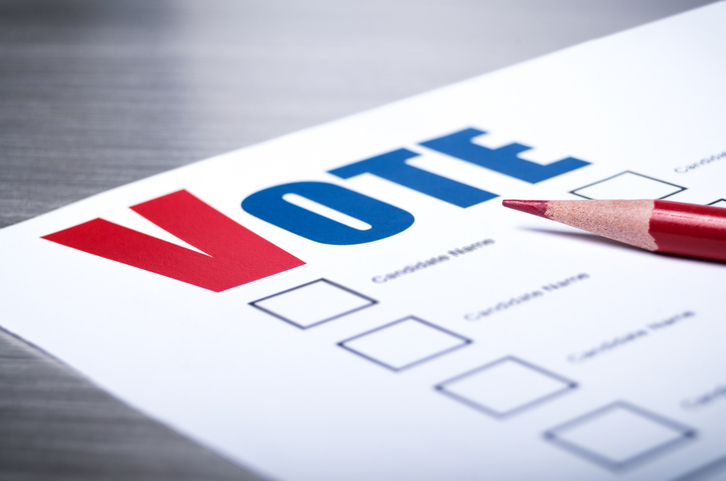Estonia’s electoral college convenes when the national legislative body, the 101-person Riigikogu, is unable to elect a president with a two-thirds majority after three rounds of voting. This college includes one representative from each local government council in addition to the Riigikogu, for a total of 335 members.
In the United States’ presidential elections, citizens vote for members of the electoral college. There are a total of 538 electors, a number that corresponds to the 435 Representatives and 100 Senators in the legislative branch of the national government, and three electors allotted for the District of Columbia. A candidate must win 270 electors to become President. Constitutional law decrees that federal officials cannot serve in the Electoral College. Electoral college candidates are typically selected by political parties in each state. While some members are obliged by their state’s laws to cast votes that reflect the popular vote, there are no national laws that require them to do so.
Both countries’ electoral colleges will have cast votes by the end of this year. Estonia’s electoral college was unable to arrive at a majority vote, and selection of their new president occurred when the vote returned to the Riigikogu in October. In December, U.S. electors will meet in their state capitals to cast their votes, which will then be sent to a joint session of Congress for tabulation in January, 2017.
You can read more about Estonian electoral processes here, and American electoral processes here.
Written by Erin Fitzgerald, GMS, International Product Manager, Living Abroad


